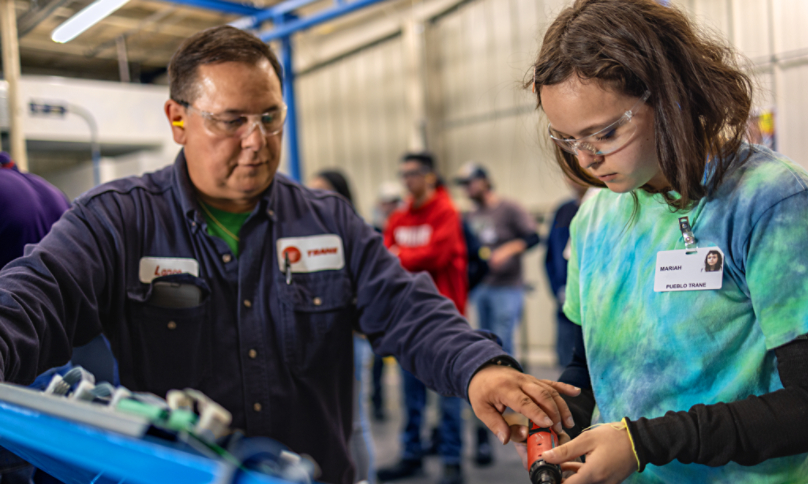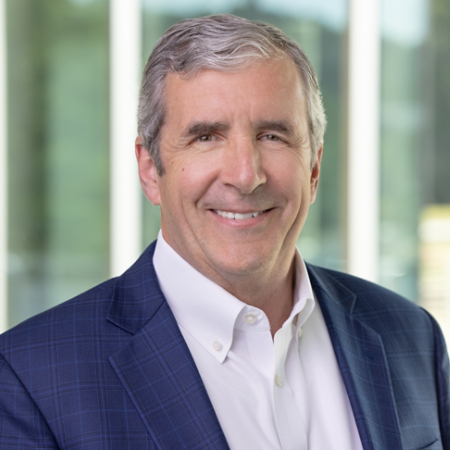It’s long been said that manufacturing is the lifeblood of any economy. Today, that notion still rings true: According to Q1 2022 data, manufacturers contribute more than $2.77 trillion to the U.S. economy and employs 12 million people across the nation.
While the financial impact of manufacturing is at an all-time high, the manufacturing workforce remains at risk. In the U.S. alone, there are approximately 834,000 manufacturing job openings as of July 2022 – well above pre-pandemic levels. And although 4 million manufacturing jobs will likely be needed in the next decade, 2.1 million are expected to go unfilled if individuals are not inspired to pursue a career.
It's a workforce reality that the manufacturing world is all too familiar with - supply and demand. And it’s not just limited to manufacturing: sectors directly impacted by the pandemic around the world, including hospitality, leisure and retail, continue to experience the highest quit rates, leaving big gaps in the availability of hourly workers.
For companies to sustain innovation, build resiliency, and keep customers happy, they need to think about what matters most to production-oriented employees – and create opportunities to meet them where they are in their career journey and life outside the workplace. This starts first with listening.
In North America, we conducted in-person listening sessions with our production employees throughout 2022 to understand why they came to our company, why they stay and what we should be doing differently. This information helped us understand what truly incentivizes employees in our manufacturing environment to select an employer. Key drivers included the expected, such as competitive compensation and medical benefits, as well as the not-so-obvious attributes, such as a second chance for individuals who have been out of the workforce to get back into a job, and a career.






















